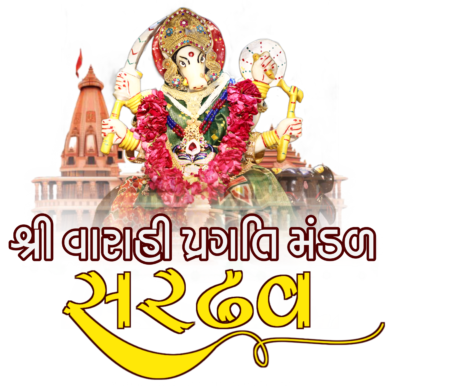Varahi Matajini Arti
Arti can be an expression of many things including love, benevolence, gratitude, prayers, or desires depending on the object it is done to/ for. For example, it can be a form of respect when performed to elders, prayers when performed to deities, or hope when performed for homes or vehicles. Emotions and prayers are often silent while doing arti, but this is determined by the person carrying out the ritual or the holiday involved. It’s also believed that goodwill and luck can be taken through symbolic hand movements over the flame.
When arti is performed, the performer faces the deity of god (or divine element, e.g. Ganges river) and concentrates on the form of god by looking into the eyes of the deity (it is said that eyes are the windows to the soul) to get immersed. The flame of the arti illuminates the various parts of the deity so that the performer and onlookers may better see and concentrate on the form. Arti is waved in circular fashion, in clockwise manner around the deity. After every circle (or second or third circle), when arti has reached the bottom (6–8 o’clock position), the performer waves it backwards while remaining in the bottom (4–6 o’clock position) and then continues waving it in clockwise fashion. The idea here is that Aarti represents our daily activities, which revolves around god, a center of our life. Looking at god while performing Aarti reminds the performer (and the attendees of the arti) to keep god at the center of all activities and reinforces the understanding that routine worldly activities are secondary in importance. This understanding would give the believers strength to withstand the unexpected grief and keeps them humble and remindful of god during happy moments. Apart from worldly activities arti also represents one’s self – thus, arti signifies that one is peripheral to godhead or divinity. This would keep one’s ego down and help one remain humble in spite of high social and economic rank. A third commonly held understanding of the ritual is that arti serves as a reminder to stay vigilant so that the forces of material pleasures and desires cannot overcome the individual. Just as the lighted wick provides light and chases away darkness, the vigilance of an individual can keep away the influence of the material world.
Arti is not only limited to god. Arti can performed not only to all forms of life, but also inanimate objects which help in progress of the culture. This is exemplified by performer of the arti waving arti to all the devotees as the arti comes to the end – signifying that everyone has a part of god within that the performer respects and bows down to. It is also a common practice to perform arti to inanimate objects like vehicles, electronics etc. at least when a Hindu starts using it, just as a gesture of showing respect and praying that this object would help one excel in the work one would use it for. It is similar to the ritual of doing auspicious red mark(s) using kanku (kumkum) and rice.
Shree Varahi Pragati Mandal Sardhav



